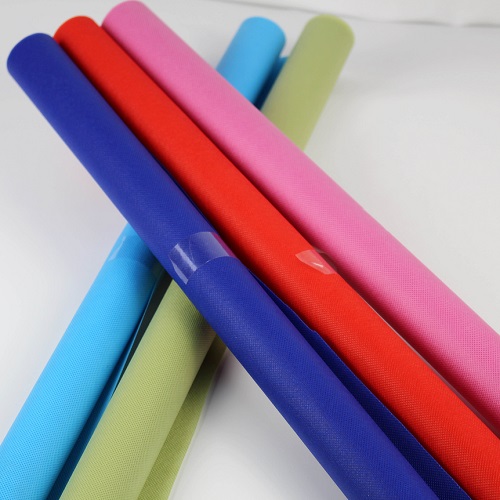adannaaollinsowenn
Member
- Se incorporó
- 13 Octubre 2023
- Mensajes
- 19
- Reaction score
- 0
- Puntos
- 6
- Edad
- 39
SS (Spunbond + Spunbond) nonwoven fabric is a type of nonwoven material that consists of two layers of spunbond fabric bonded together. Spunbond fabric is made by extruding continuous filaments of polypropylene or other polymers, which are then laid onto a conveyor belt in a random orientation and bonded together using heat and pressure.

Here's how SS nonwoven fabric typically performs in terms of elasticity:
- Limited Elasticity: SS nonwoven fabric typically has limited elasticity compared to some other types of fabrics, such as knitted fabrics or stretchable woven fabrics. The manufacturing process of spunbond fabric involves laying continuous filaments in a random orientation and bonding them together, resulting in a structure that is more rigid and less stretchable.
- Low Stretchability: The bonded structure of SS nonwoven fabric restricts its ability to stretch significantly. While there may be some minimal stretchability due to the inherent flexibility of the polymer filaments, it is generally much lower than that of elastic fabrics.
- Resistance to Stretch: SS nonwoven fabric is designed to provide strength and stability rather than stretchability. The bonded filaments create a fabric with excellent tensile strength and tear resistance, making it suitable for applications where elasticity is not a primary requirement.
- Dimensional Stability: Due to its limited elasticity, SS nonwoven fabric tends to maintain its shape and dimensional stability well, even under stress or tension. This property is beneficial in applications where maintaining the integrity of the fabric structure is important.
- Application Considerations: While SS nonwoven fabric may not offer significant elasticity, it is still widely used in various applications where elasticity is not critical. For example, it is commonly used in disposable medical gowns, surgical drapes, agricultural covers, furniture upholstery, and packaging materials, where strength, durability, and barrier properties are more important than elasticity.






